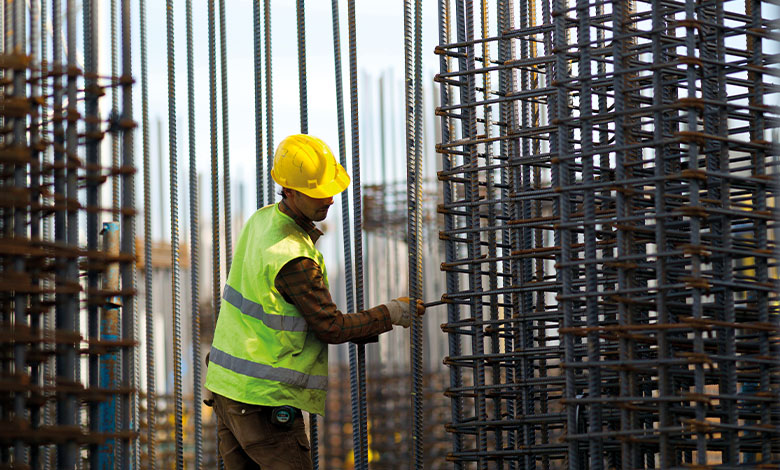‘Challenging’ demand for construction workers

The Department of Further and Higher Education, Research, Innovation and Science has launched the Careers in Construction: Action Plan, aiming to ensure that the Government meets the estimated 23,000 annual demand for new construction workers.
Published one year on from the Report on the Analysis of Skills for Residential Construction and Retrofitting 2023-2030, which claimed that the Government will need to ensure that there are at least 23,000 construction workers recruited annually in order to meet retrofitting targets, the action plan revises this figure to a need for 50,831 new entrants into the wider construction sector.
The report also highlights a shorter-term challenge for craft professions, with an estimated shortfall for 2023-2025 of 4,483 such professionals.
Noting this, the action plan states: “The requirement – at just over 30,000 new entrants – is much greater than the requirement for the other skills, and the combination of the pandemic and low growth in new housing prior to 2018, has had an adverse impact on the numbers of apprentices registering, and qualifying as craft workers.”
Bridging the gap
A working group established amid the publication of the Report on the Analysis of Skills for Residential Construction and Retrofitting, 2023-2030 has found that there are age and gender challenges which, if alleviated, could contribute to an accelerating of the meeting of labour demand in the construction sector.
The working group states that there are “notable differences” between women and men regarding attitudes to the construction sector.
More women (73 per cent) than men (57 per cent) acknowledge “an issue with female access to construction apprenticeships at second level”, with the report outlining that gender differences were evident in a student survey carried out by the working group, with only 18 per cent of girls reporting a good understanding of the construction apprenticeship compared with 42 per cent for boys.
The report asserts that the “low level of understanding of the industry amongst girls” impacts their career decision making, with only 24 per cent positive about pursuing a career in the construction sector compared to 49 per cent of boys. Additionally, parents of senior cycle students, according to the action plan report, “overestimate their understanding of the sector and many incorrectly hold the view that girls are afforded the same access to opportunities”.
Attitudes pose a major challenge to bridging this gap, as outlined by the fact that, according to the report, parents (76 per cent) and senior cycle students (54 per cent) continue to view apprenticeships as “more suitable to less academic school leavers”.

In addition, the report finds that parents and students continue to associate the industry with on-site work while a majority of parents (76 per cent) see a career in the sector as a financially unstable option.
Social attitudes play an apparent role in preventing women from accessing careers in construction, with 76 per cent of parents seeing working in the industry as a more suitable environment for men while 70 per cent hold the view that it is unsuitable work for people as they get older, from the age cohort of 50-60 and upwards.
On recruiting women into construction, the report explains that women have only been 10 per cent of the construction workforce in recent years. This ratio is also reflected in the CSO’s Gender Balance in Business Survey 2021 where, in construction, just 9.5 per cent of the senior executives are women, a percentage that falls to just 4.5 per cent for directors.
In reference to these statistics, the report asserts: “The construction sector needs to address this [gender] imbalance but by addressing it and removing the other barriers to careers in construction noted in this report, a pathway to ensuring a successful industry into the future can be found.”
From collaborative stakeholder engagement, the report also asserts that employers recognise that the sector has a challenge with attracting and retaining staff, with a prominent view in business that the key barriers to attracting new workers are “a lack of promotion in schools, disinterest, job insecurity, and an unwillingness to work hard”.
Challenges with staff retention are viewed to be a result of “other industries paying more and job insecurity”. However, the report notes that many employers did not engage with education and training boards (ETBs) (63 per cent) and Intreo (81 per cent) in the last 24 months prior to the publication of the report regarding staff recruitment.





